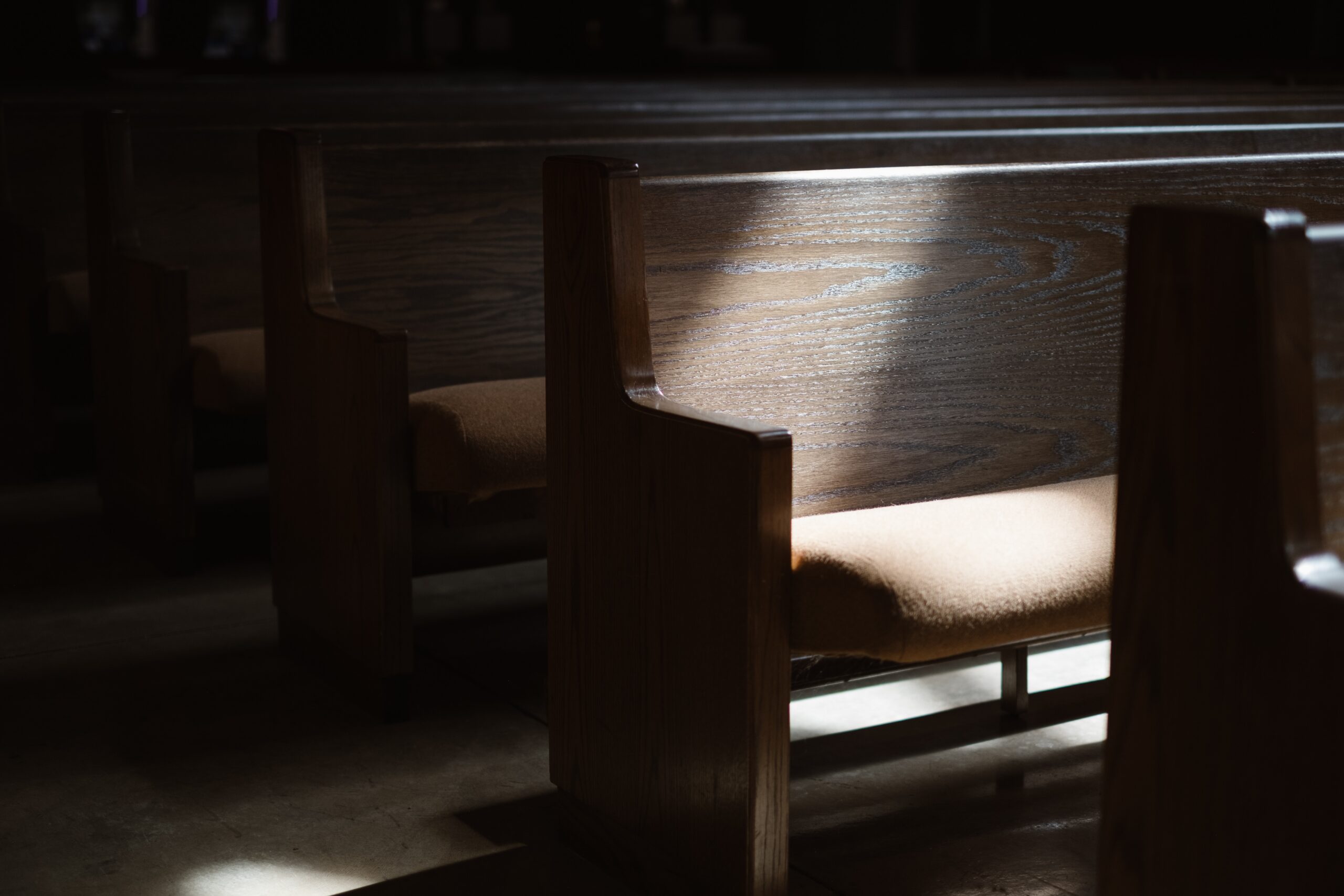There’s a certain flavor of criticism of the Church that I’ve seen before that I think of as criticism from first principles. It doesn’t criticize the Church in comparison with other churches, or with secular organizations or secular norms, or with its own history or scriptures or rules, but rather just with a feel of what a church that’s actually listening to God should be doing. I feel like the revelations in the past few years of just how much wealth the Church has amassed, for example, have drawn a lot of critiques like this. It just doesn’t seem right for a church, of all organizations, to have so much money.
You can probably explain both the criticisms of this type and the apologetic responses as well as I can. The apologetic responses are straightforward. Our ways aren’t God’s ways. Like Job, where were we when God laid the foundations of the earth? Our role is to go and do as we’re told like Nephi, not murmur about every little thing like his brothers.

In any case, that’s the type of criticism I’m raising today. My question is why the Church, which rhetorically makes such a big deal about being un-worldly, do such a great job of copying the world’s hierarchies. I was thinking through the most obvious hierarchies we can see out there in the world in general, where one group of people has more power than another, and it seems like the Church, in spite of its rhetoric, manages to borrow them all.
- Men over women: Patriarchy is one of the most prominent features of the Church. Sure, with time, the rhetoric around it has softened into a more chicken form, and since Ordain Women, GAs have told women that they really kinda sorta had the priesthood all along. But the fact is that the Church is still run by men and men only, both at a general and a local level. Women are advisors at best, and they’re frequently straight up ignored.

